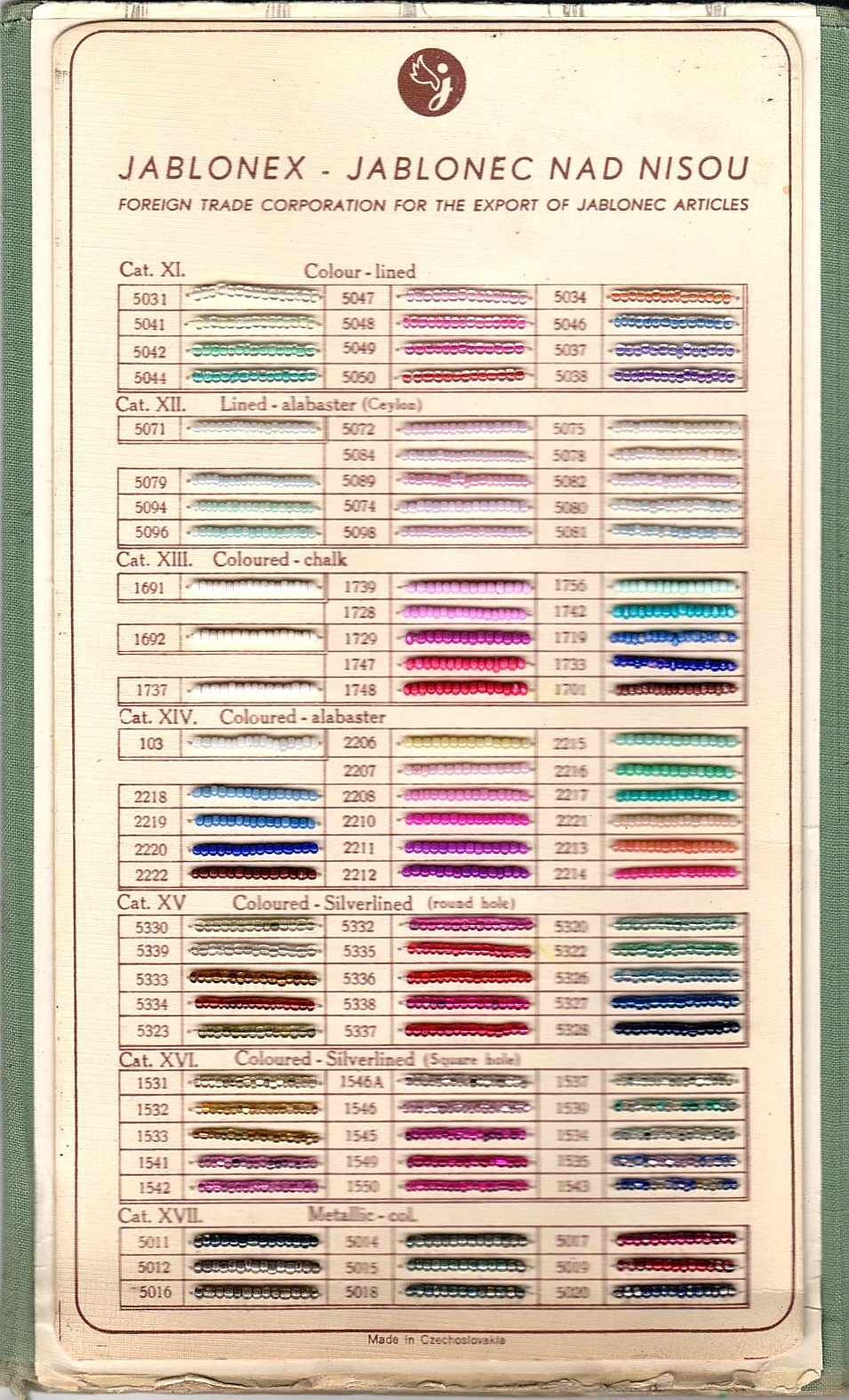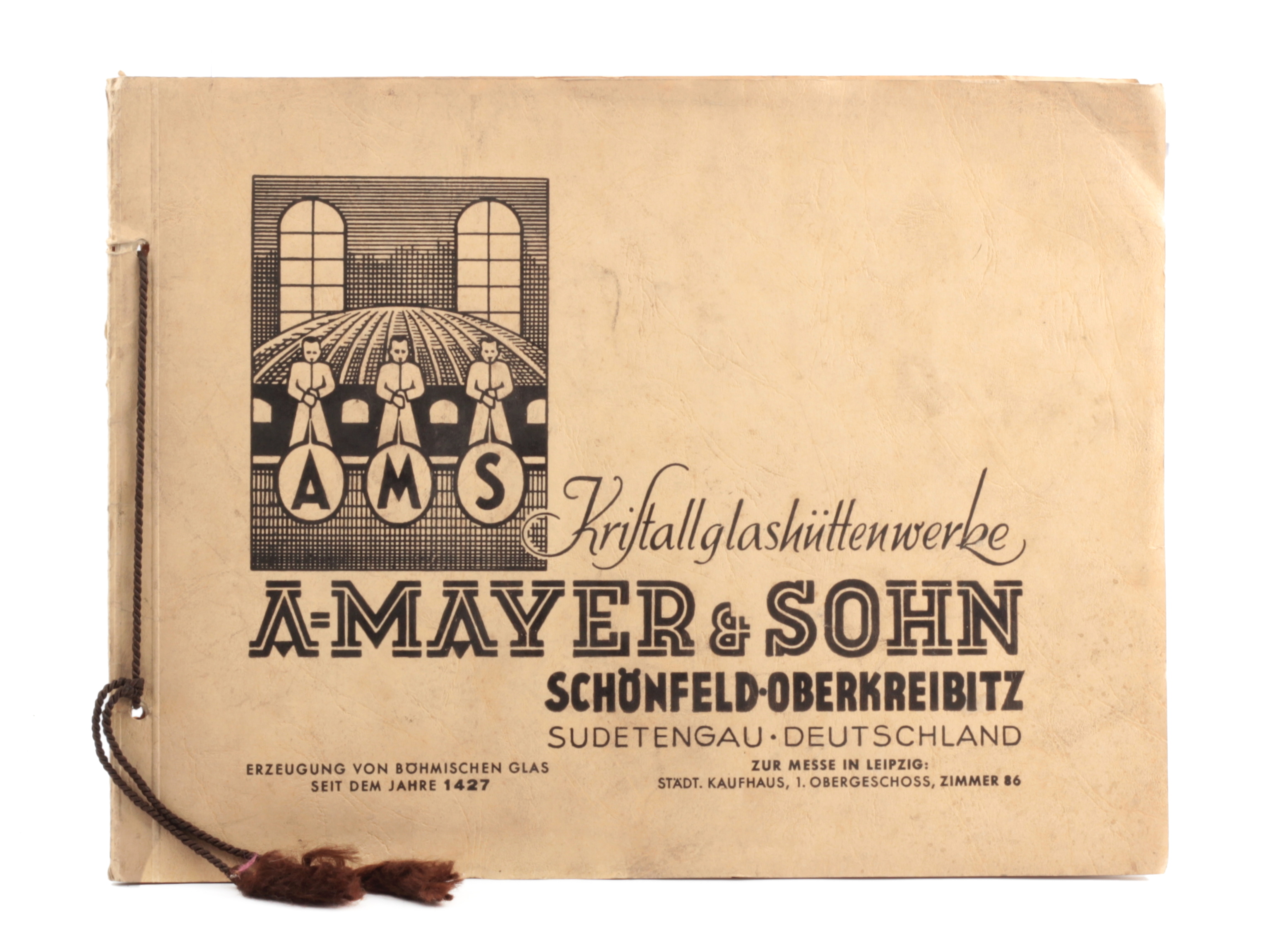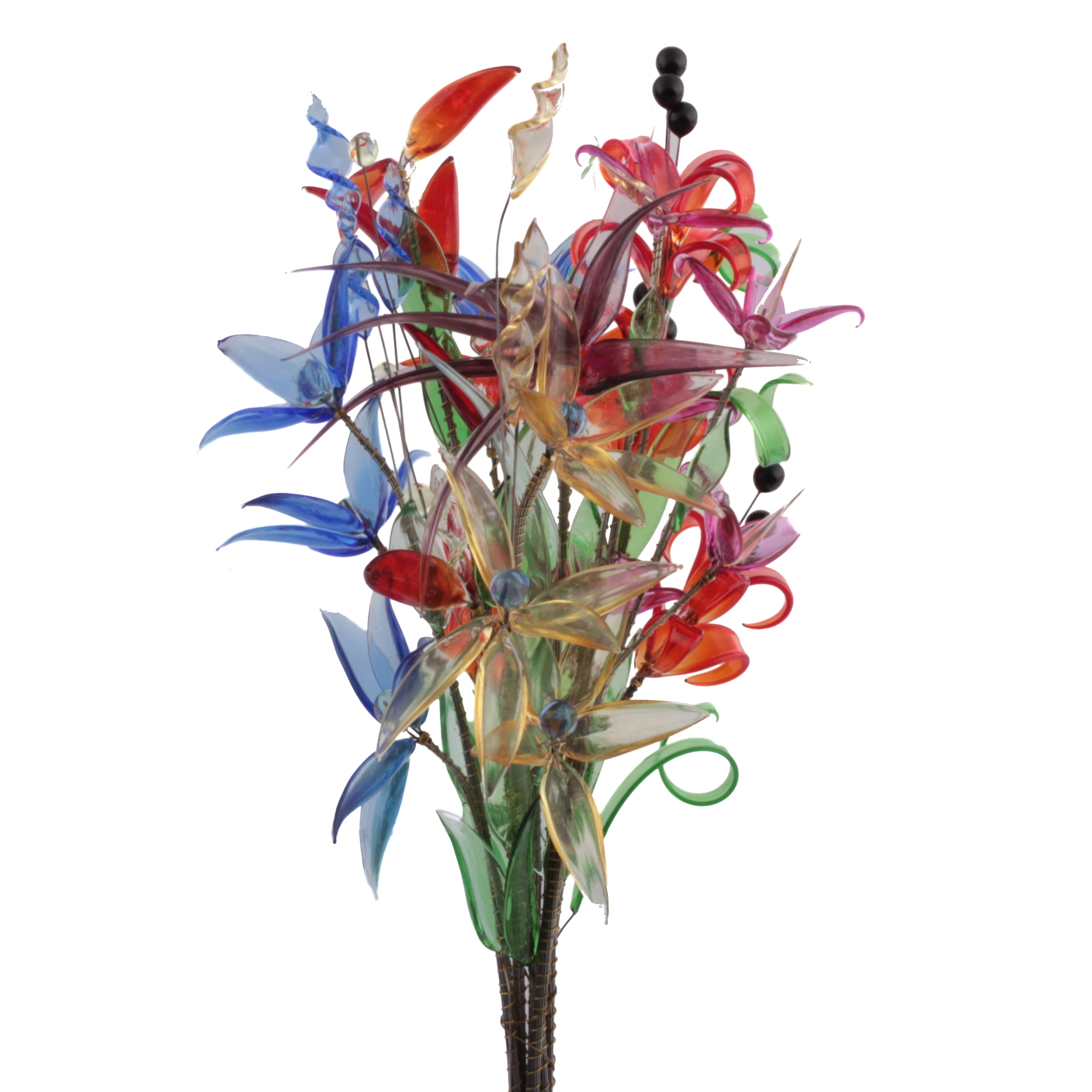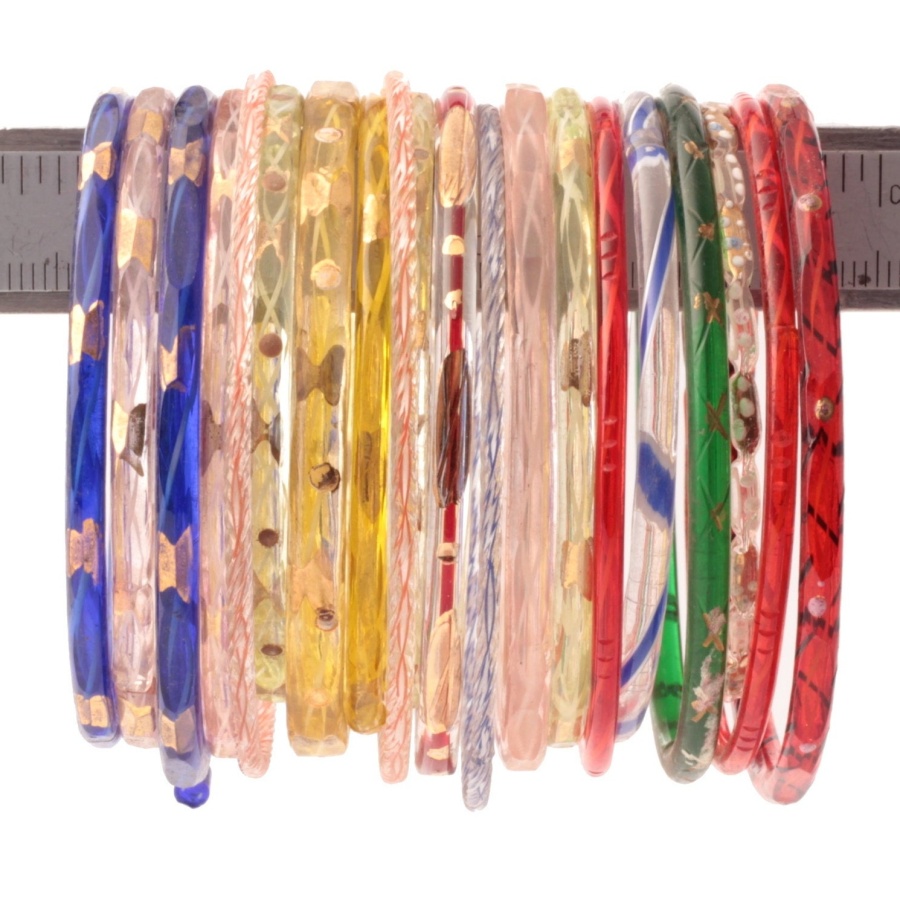
Vintage Jablonex Booklet Rocailles (seed beads) and Charlottes
We were so lucky to come across this beautiful 1950's vintage Jablonex glass seed bead sample booklet. With three pages of rocaille round seed beads and charlottes. This booklet demonstrates the sizes available, the colors, round and square holes and silver lined.
The back page shows the names of the hanks available according to hank size and adjacent is a page with "special hints for ordering rocailles (seed beads) and charlottes. This page shows the bead sizes by no/, mm and inches and the size, weight and number of beads in each hank size.
A wonderful historical document from the Czech glass seed bead industry. In suprisingly good condition after nearly 70 years.
Seed beads or rocailles are uniformly shaped, spheroidal beads ranging in size from under a millimeter to several millimeters. Seed bead is also a generic term for any small bead.
The largest size of a seed bead is 1° ("one-aught", sometimes written 1/0) and the smallest is 24°, about the size of a grain of sand. The extremely small class of seed beads smaller than 15° have not been in production since the 1890s and any in existence are usually considered antiques.
Two principal techniques are used to produce seed beads: the wound method and the drawn method. The wound method is the more-traditional technique, is more time consuming, and is no longer used in modern bead production: in this technique, a chunk of glass known in glassmaking as a gather and composed mainly of silica is heated on an iron bar until molten. A second bar of iron is then inserted into the gather and the two bars quickly drawn apart creating a long glass rod (the final width of which would depend on how quickly and how far the bars are separated before the glass solidifies). This rod is then cut into shorter rods for handling. Next, one of these is re-heated and wound around a hot metal wire creating a ring of glass which is then worked and shaped until smooth and round. This is done several times on the same wire creating a series of glass rings. Once the wire cools, the rings are slipped off and then used as beads. For the drawn method, an air bubble is created within the gather and as the iron bars are drawn apart they produce a long tube rather than a rod. This tube is then cooled, cut into rings, and the rings are tumbled to remove sharp edges before being used as beads.
National origin
Before World War II, there was a thriving bead industry centered in eastern Europe, especially in Bohemia, before 1918 a part of the Austro Hugarian empire and a part of Czechoslovakia after, although Germany, Italy and France were also noted producers of glass beads. Most of these beads were made of glass, but some were made of metal, usually aluminum or steel, and often cut in what is known as "three-cut" faceting; these are popularly known as steel cuts
Colors and finishes
- Color lined - a color coating is applied inside the beads; sometimes this is not very durable and the color of finished work may appear very different in a short time
- Transparent - the glass is see-through
- Translucent - one can see light through the bead, although the light is diffused
- Opaque - the solid color prevents light from passing through the bead
- Matte - the bead is textured on a microscopic level to result in a matte finish
- Silver-lined - a silvery coating which reflects light is applied to the inside of the seed bead
- Copper-lined - a coppery coating which reflects a reddish light is applied to the inside of the seed bead
- Bronze-lined - a bronzy coating which reflects a brown light is applied to the inside of the seed bead
- Luster or lustre - a transparent "pearl" effect applied to the surface of the seed bead
- AB or aurora borealis - a rainbow effect applied to the surface of a seed bead
Charlotte cut beads
It is rumored that in 1847, the inventor of this delicate, faceted bead, gave it the name of his daughter, Charlotte. Each bead has a single facet to produce more shine. Charlotte cuts are most often available as size 13° seed bead. Size 11°, 8° & 15° Charlottes are also available but harder to find. Any size other than the 13° is technically called a "true Cut". Charlotte cuts do not refer to other cuts of beads. There are three-cut beads which are "barrel faceted", meaning they start with a round bead and make more random machine cuts, creating a nugget like bead. Then in a class of their own is the two-cut seed bead. These never started out as a round bead, but rather the raw cane has been shaved and cut.
Units of measure
The aught system of classifying seed beads is widely used but is often imprecise. The measurements given below for bead diameter are meant to suggest the industry standard but are not absolute--in fact, variation from one manufacturer to the next may be greater than the variation within a single aught-size of bead.
The aught size of a bead is usually given either as a number followed by a superscripted zero, e.g., 8°, or as a number followed by a slash and a zero, e.g., 8/0. Regardless, this is spoken as, "Eight aught", though the "aught" portion is regularly ignored and an 8° size seed bead would usually be described as simply a, "Size eight".
| Aught size | Diameter (mm) |
|---|---|
| 1° | 6.5 |
| 2° | 6.0 |
| 3° | 5.5 |
| 4° | 5.0 |
| 5° | 4.5 |
| 6° | 4.0-4.3 |
| 7° | 3.4-4.0 |
| 8° | 2.5-3.1 |
| 9° | 2.2-2.7 |
| 10° | 2.0-2.3 |
| 11° | 1.8-2.1 |
| 12° | 1.7-1.9 |
| 13° | 1.5-1.7 |
| 14° | 1.4-1.6 |
| 15° | 1.30-1.40 |
| 16° | 1.25-1.35 |
| 17° | 1.2 |
| 18° | 1.15-1.20 |
| 20° | 1.0-1.17 |
| 22° | 1.02 |
| 24° | 0.91 |
Seed beads are sold either by "hank" or by gram weight.
Hanks
A hank is unit bundle of strands of seed beads or bugle beads. A typical hank has twelve 20" (51 cm) strands of beads. Different sizes and types of beads may be sold in hanks which have different numbers and lengths of strands. Different hanks (age, type, size) have from 8 to 14 strands, and lengths vary from 8 to 20 inches per strand. For example, Charlotte size 13° cut beads are generally on short hanks, containing 12 twelve-inch strands.
This article uses material from the Wikipedia page available here. It is released under the Creative Commons Attribution-Share-Alike License 3.0.















Comments
Discussion is empty.